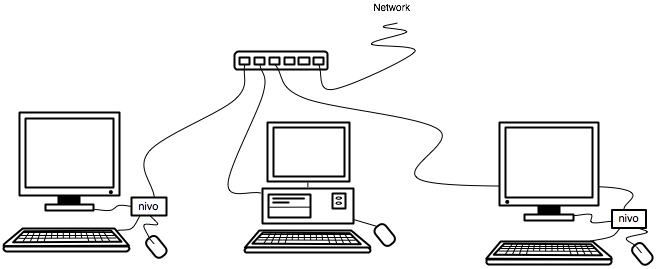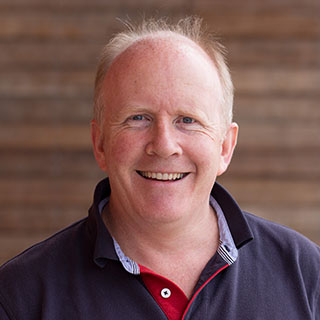Ndiyo
The Ndiyo project was about taking very simple pixels-over-networks technology and using it to make IT more affordable and sustainable for the world.
For much of the world, a PC costs about a year’s income. Picture your own annual income, and imagine that your next PC was going to cost that much. Then think about how many your kids could have… or how easily you could have afforded one as a student…
The Ndiyo model is to allow several people to use a PC at once, and so break the traditional one-PC-per-person model which has doiminated recent computing in the developed world. We took advantage of the fact that Linux not only has no licensing costs, but is inherently multi-user from the ground up. We combined that with affordable, environmentally-friendly technology which allows us to connect multiple screens, keyboards and mice onto a standard ethernet network, and the result was a splendid system for internet cafes, libraries, call centres, schools that allows several users to share a single PC but still have a high-quality computing experience.

Ndiyo itself was a not-for-profit organisation dependent on donations, but spawned the creation of two companies: DisplayLink and Camvine.
Ndiyo received coverage in The Guardian, The Economist, Slashdot, Engadget, ZDNet, the BBC Technology news, the BBC World Service… to name a few. More details can be found on the archive of the Ndiyo site.

The NIVO - the Ndiyo thin-client terminal
Here’s a talk I gave at the GOVIS 2007 conference in Wellington, New Zealand, about Ndiyo and its origins:
And here’s the segment from the BBC World Service’s ‘Go Digital’ programme:
Here’s one of our installations in South Africa:
and an earlier one in Fultola, Bangladesh:
.